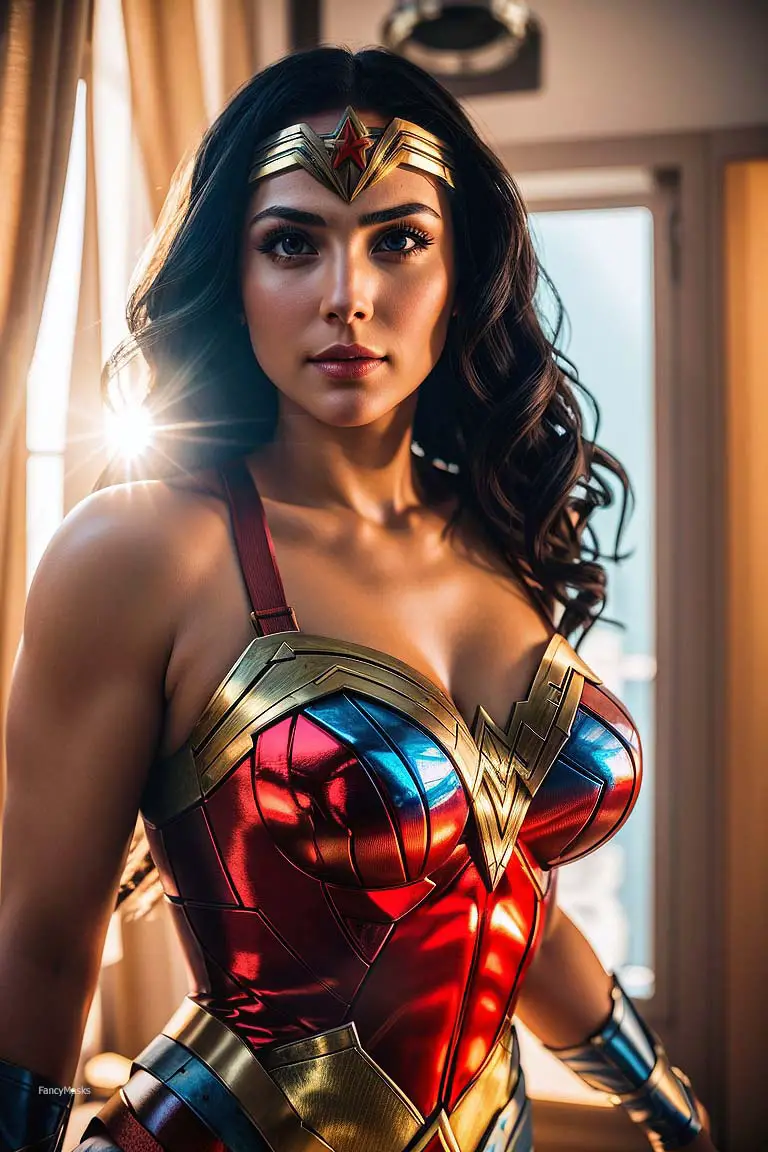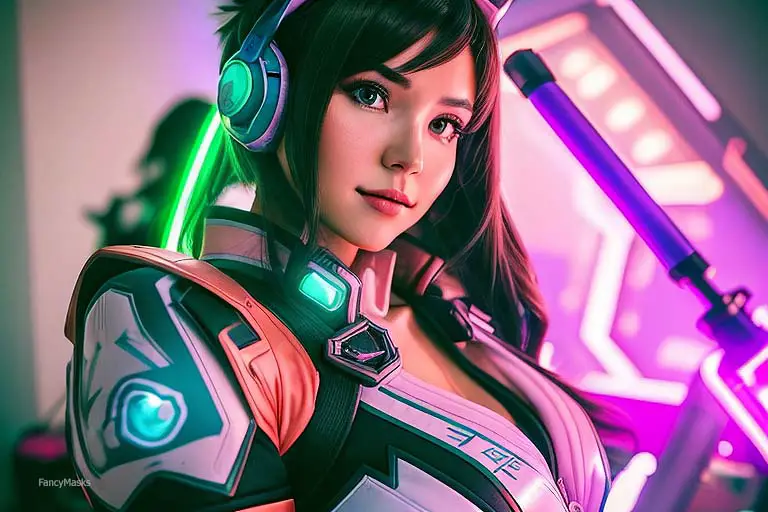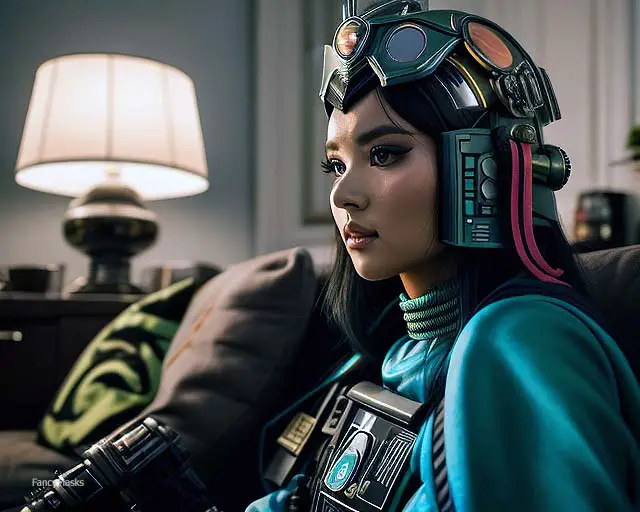Welcome, budding cosplayers and curious readers! We’re about to embark on a journey to the heart of the cosplay experience, and it’s not just about what you see on the surface. You might be wondering: “What’s more to cosplay than the armor or the outfit?” Well, it’s what lies beneath that can make all the difference.
In the world of cosplay, the armor you wear is a statement of your character, dedication, and craft. It’s a spectacular sight, indeed, but what’s underneath that armor is equally important. Why, you may ask? It’s simple. Comfort, mobility, and authenticity.
Comfort is a fundamental aspect of cosplay. You might wear your armor for hours, and the materials in direct contact with your skin can make the difference between an enjoyable experience or a miserable one.
Mobility is crucial too. The best armor in the world can lose its appeal if it limits your movements or makes it difficult to walk around, pose, or engage in all the fun activities that conventions offer.
Authenticity is what makes a cosplay character come alive. The right undergarments can enhance the appearance of your armor, keeping it positioned correctly and maintaining its shape.

Today, we’re going to delve into the rarely-discussed topic of what to wear under cosplay armor, guiding you through the choices and considerations to make your cosplay experience the best it can be.
Why it Matters: The Importance of Underarmor in Cosplay
Let’s face it, we often think of cosplay as all about the external; the dazzling armors, the intricate outfits, the beautifully crafted props. But what goes on underneath the armor is a pivotal part of your cosplay journey. It impacts not just how your armor looks and fits, but also how comfortable and safe you feel while wearing it.
Imagine this: you’ve spent countless hours designing and building your dream cosplay armor. You’re looking fantastic, but just an hour into the convention, you start feeling itchy and uncomfortable. The armor starts chaffing your skin, or worse, you can’t even sit down properly because the armor is too stiff against your clothes. That’s a quick way to turn a day of fun into a day of discomfort, and we don’t want that, do we?
Comfort and safety should never be compromised in cosplay. It’s vital to ensure that you can enjoy the event to the fullest without being hindered by your costume. That’s why choosing the right underarmor is as important as crafting the armor itself. It can help you avoid discomfort, prevent injuries from rough materials, and ensure your armor fits perfectly and stays in place.
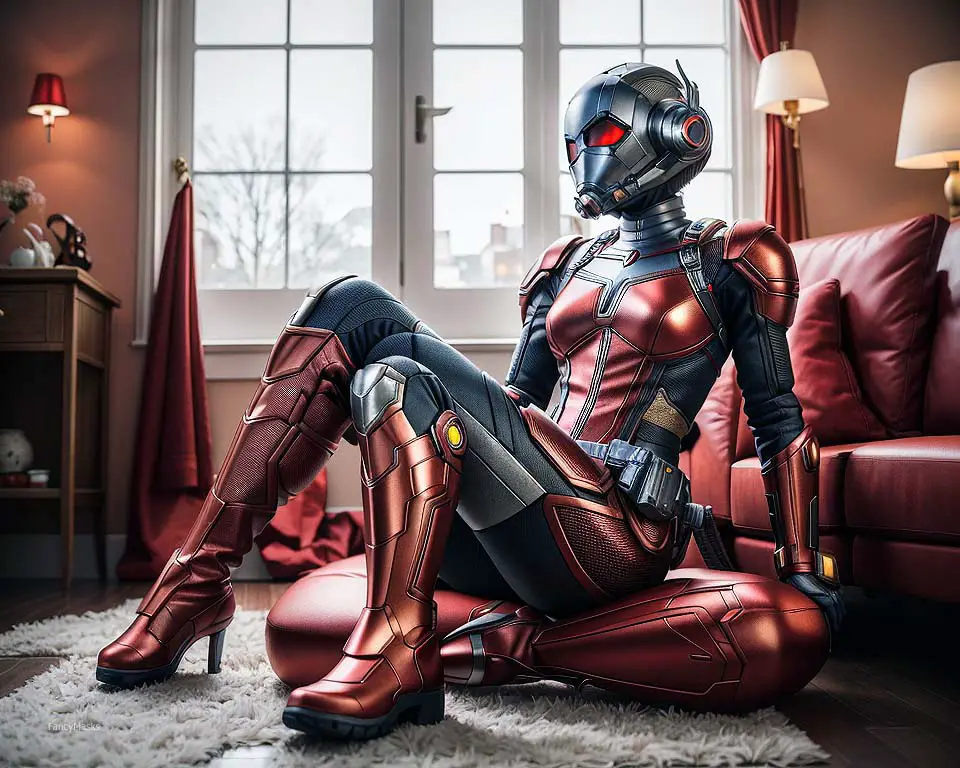
But there’s more. The right undergarments can also add to the authenticity of your character. If your character wears a heavy armor, you want it to appear solid and sturdy. The right undergarments can help maintain the structure and shape of the armor, making it look more realistic.
So, underarmor in cosplay isn’t just a secondary consideration, it’s a key element in your cosplay toolkit. It’s time we shine some light on this often overlooked, yet crucial aspect of the cosplay experience.
Understanding Different Types of Cosplay Armor
Cosplay armor comes in many forms, and the type of armor you choose can have a big influence on the type of underarmor you’ll need. Here are some of the most common types of cosplay armor and some underarmor considerations for each:
- Foam Armor: Foam armor is a popular choice for many cosplayers because it’s lightweight and easy to work with. However, foam doesn’t breathe well, so undergarments that wick moisture away from the body can be a game-changer. (Guide to Foam Armor)
- Worbla Armor: Worbla is a thermoplastic material loved for its ability to create detailed, sturdy pieces. While it’s more breathable than foam, it can still get pretty warm, so breathable undergarments are crucial. (Worbla Armor Guide)
- 3D Printed Armor: 3D printed armor allows for immense detail and precision. It’s typically sturdier and less flexible than foam or Worbla, so ensuring that your undergarments allow for comfortable movement is vital. (3d Printing Cosplay Guide)
Every armor type has its unique characteristics, and recognizing these will help you make the right underarmor choices.
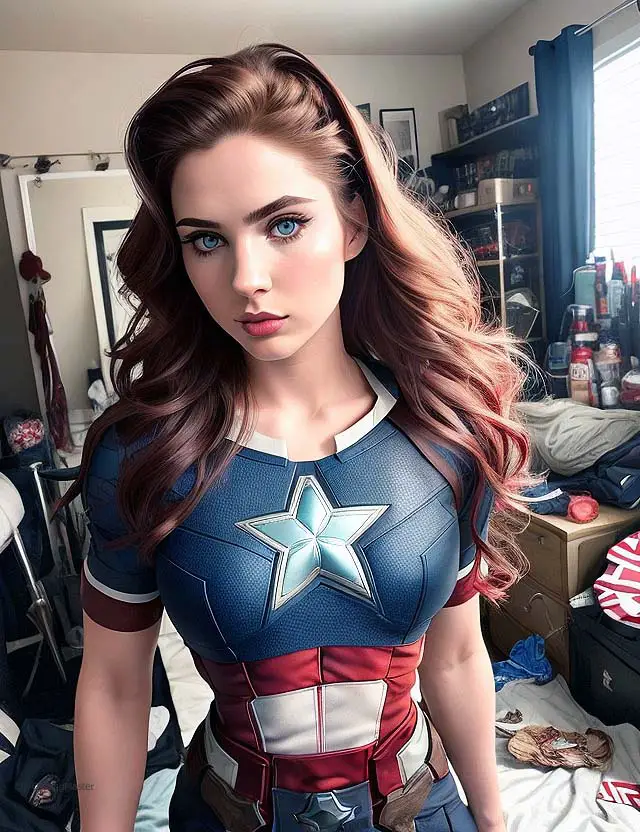
Under Armor: Breathability and Comfort
Whether you’re in the spotlight at a competition, wandering the convention floor, or posing for photos, you’ll likely spend a significant amount of time in your armor. So, comfort is key. Breathability plays a vital role in this, especially when considering the type of armor material you’re using.
The term “breathability” refers to the ability of a fabric to allow moisture vapor (sweat) to be transmitted through the material. When it comes to choosing what to wear under your cosplay armor, you want materials that are breathable to prevent overheating and to keep you as dry and cool as possible. The fabric you choose will make a huge difference in breathability.
Certain materials such as cotton, bamboo, and other natural fibers are known for their breathability. Athletic wear or sportswear can also be a great choice as they are designed to wick moisture away from the skin, keeping you cool and dry.
You’ll also want to think about the specific conditions you’ll be in. Will you be outside in the hot sun? Inside in a cooler, air-conditioned space? This can influence the type of undergarments you choose.
Remember, no matter how fantastic your armor looks, if you’re not comfortable, it’ll be hard to enjoy your time in cosplay. Choosing breathable, comfortable underarmor is one of the best ways to ensure a positive cosplay experience.
Under Armor: Fitting and Shape
Fitting is another essential consideration when choosing under armor for cosplay. Armor that shifts or moves around can ruin the overall effect of your costume, but the right under armor can help to keep everything in place.
Undergarments should be snug, but not restrictive. They should provide enough flexibility for you to move around freely without causing discomfort. You also want to ensure that your under armor does not bunch up under your cosplay armor, as this could create bulges that distort the shape of your costume.
Also, consider the silhouette of your armor. Does it require a particular shape to look authentic? Some characters might require a more streamlined figure, while others might require more volume. Specialty undergarments, such as shapewear or padded undergarments, can help achieve the desired look.
Take into account how your undergarments might affect the fastening and fitting of your armor pieces. Straps, buckles, and zippers should work seamlessly with your undergarments. In some cases, it may be necessary to attach parts of your armor directly to your undergarments to prevent movement.
The fitting and shaping aspects of under armor might require a bit of trial and error, but the end result will be well worth the effort!

Suggestions for Suitable Under Armor Materials
Choosing the right materials for your under armor can be a game changer in your cosplay experience. Here are some suggestions to help guide your choice:
- Athletic/Sports Wear: These clothes are designed to manage sweat and keep athletes comfortable during physical activity. They’re often made from synthetic fibers like polyester or nylon that wick moisture away from the skin. They also typically have a snug but stretchy fit, which can be ideal under armor.
- Compression Garments: Compression clothing can be beneficial for several reasons. It can help to reduce muscle fatigue, increase circulation, and even enhance the fit of your armor. However, they can be warmer than other options, so take this into consideration.
- Cotton: Cotton is a breathable, natural fiber that can keep you cool. However, it doesn’t wick away moisture as well as some synthetic materials, and it can become heavy and uncomfortable when wet.
- Bamboo: Bamboo is another natural fiber that is known for its breathability and moisture-wicking properties. It’s also very soft, making it comfortable for extended wear.
- Specialty Undergarments: This could include padded undergarments or shapewear for those who need specific shaping under their armor.
Every cosplayer is different, so what works best for you might be different from what works best for others. Don’t be afraid to experiment with different materials to find the ones that are the most comfortable and effective for your specific needs!
Special Considerations: Female Cosplayers
Cosplay knows no gender, but it’s important to recognize that female cosplayers may have some specific needs when it comes to under armor. Here are a few things to consider:
- Supportive Undergarments: Just like with any other outfit, the right bra can make a world of difference. Sports bras or seamless bras can provide the necessary support without interfering with the look of the armor. For certain costumes, a specialty bra (like a strapless or backless bra) might be required.
- Privacy: Female cosplayers might have concerns about privacy, especially if the armor is form-fitting. In this case, compression shorts or leggings can be a good choice. They’re comfortable, provide coverage, and won’t add bulk under the armor.
- Shapewear: Depending on the character, shapewear might be a good option. It can help create the desired silhouette and also smooth out the appearance of the armor.
- Comfort and Hygiene: For multi-day conventions, consider packing a few extra sets of under armor. You’ll feel fresher, and it’ll help prevent any potential skin irritation from prolonged wear.
Every female cosplayer is unique and these are just suggestions. The most important thing is that you feel comfortable and confident in your armor!
Case Studies
Examining real-world examples can provide valuable insights. Here are a couple of case studies of successful under armor choices in cosplay:
- Case Study 1: “The Spartan” – A cosplayer decided to recreate a Spartan armor from the Halo video game series. Given the bulky and metallic nature of the armor, the cosplayer chose to wear a full body compression suit underneath. It helped wick away sweat during the busy convention, while the snug fit prevented any discomfort or chafing from the armor. The compression suit also kept the armor pieces in place, enhancing the overall authenticity of the cosplay.
- Case Study 2: “The Elven Princess” – The armor was elegant and intricate, inspired by characters from fantasy series like Lord of the Rings. The cosplayer used a combination of supportive undergarments and light, breathable fabrics. The supportive undergarments helped maintain the structure of the armor, while the breathable fabrics prevented overheating, keeping the cosplayer comfortable throughout the day.
These examples show that with a bit of planning and the right undergarments, you can ensure both the look and comfort of your cosplay armor.
Adapting to Different Weather Conditions
Cosplay events can happen anywhere, from indoor conventions to outdoor festivals, and in all sorts of weather conditions. Therefore, it’s crucial to adapt your under armor choice to the environment you’ll be in.
Indoor Conventions: Indoor events, such as Comic-Con, usually have air conditioning. However, they also tend to have large crowds, which can increase the room temperature and humidity. Lightweight, moisture-wicking materials are recommended to keep you comfortable and dry.
Outdoor Events: For outdoor events, you’ll need to consider the specific weather forecast. On hot, sunny days, ensure your under armor is breathable and offers sweat control. On colder days, consider thermal undergarments to keep you warm underneath your armor.
Multi-day Events: If you’re attending a multi-day event, remember to pack multiple sets of undergarments. This will allow you to start each day fresh, maximizing comfort and hygiene.
Whether indoors or outdoors, hot or cold, being prepared for the conditions can help you stay comfortable and enjoy the event to the fullest.
Conclusion
Choosing what to wear under your cosplay armor is just as important as the armor itself. The right under armor can keep you comfortable, enhance the fit of your armor, and even contribute to the authenticity of your character. If you’re just starting to plan your cosplay armor, you can include what type of undergarments to wear with it in the design phase.
Consider the type of armor you’ll be wearing and its specific characteristics. Look for under armor that is breathable and comfortable, with a fit that complements your armor’s shape. Don’t forget to consider the materials, as they can significantly affect the breathability and comfort of your undergarments.
Special considerations might be needed for female cosplayers, or to adapt to different weather conditions. And remember, every cosplayer is different, so don’t be afraid to experiment and find what works best for you.
In the end, cosplay is all about expressing your creativity and having fun. So, make the right preparations, take care of what’s beneath the armor, and let your passion shine through. Happy cosplaying!

